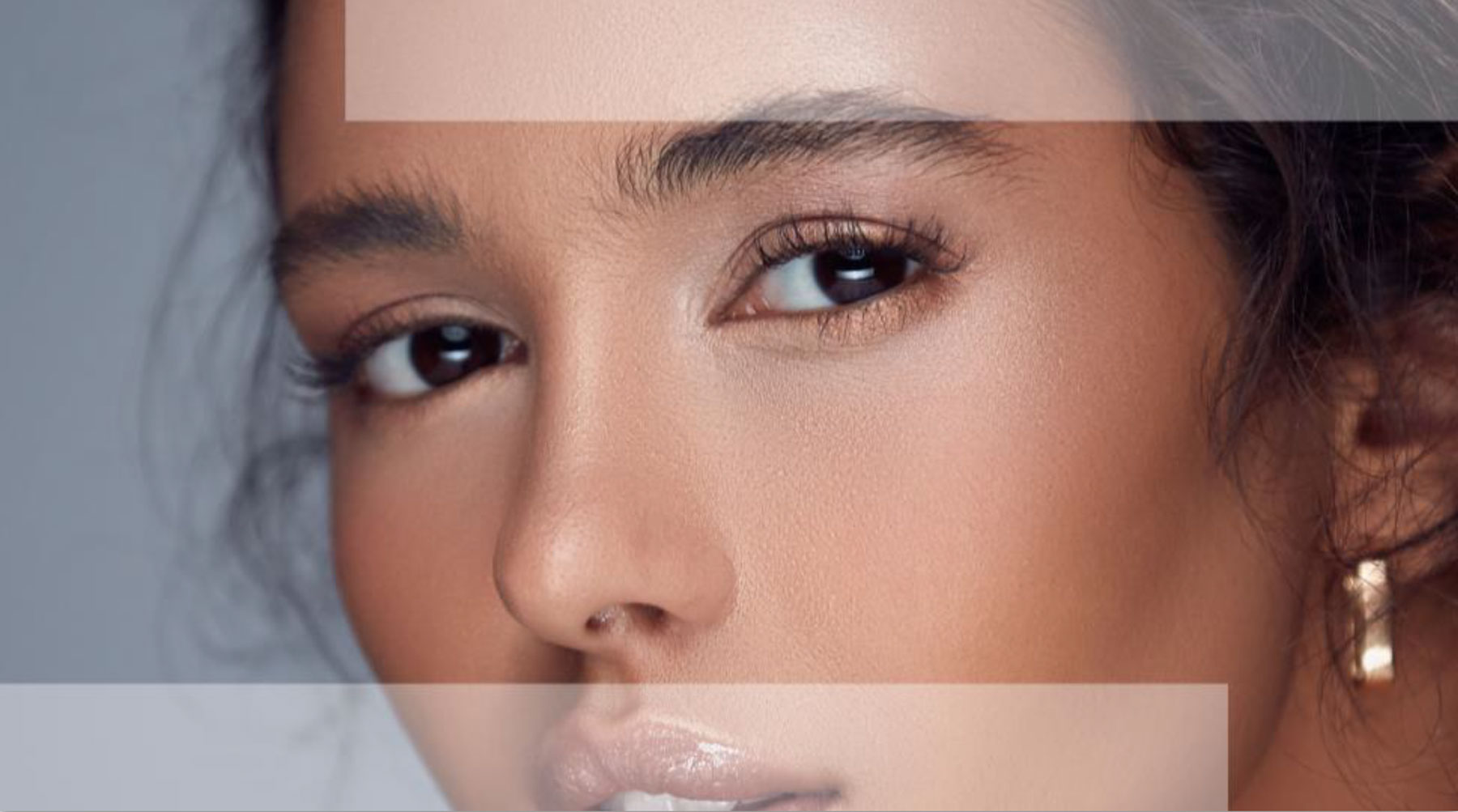The Prevalence of Ptosis

If the only thing that stands out in selfies are tired-looking eyelids, you are not alone. In fact, you may be one of the millions of people who have acquired ptosis, or low-lying lids, and might not even know it. In a survey of 10,000 women, 60% of them felt like their upper eyelids were low and of those, 50% were bothered by it!1
Adults of all ages can have a low-lying upper eyelid, affecting either one or both eyes. While acquired ptosis is not life-threatening, it can affect your appearance, confidence, and even your vision. In the survey, the women affected by acquired ptosis also reported that their low-lying lids make them look older and also gives them a tired and sleepy appearance.
While low-lying lids typically occur with increased age, things like ocular surgery, contact lens wear, and even trauma can also contribute to acquired ptosis. Even aesthetic procedures and cosmetic products that cause mechanical stress, like eyelash extensions and neurotoxin injections, can be responsible for dragging lids down. A more lifted-looking upper eyelid is associated with a more youthful appearance and younger perceived age. Additionally, a lifted lid lessens the chance someone may be perceived as tired or sad by others.
Acquired ptosis typically starts with subtle changes that become more noticeable with time. If you’ve noticed a sudden shift in how your eyelids look, contact your healthcare provider, as this could even be a sign of something more serious, such as underlying disease.
Don't let tired looking lids get in the way of how you see yourself. If you think that you may have acquired ptosis, take the time to schedule an appointment to talk about your low-lying lids today.
1.RVL Pharmaceuticals, Inc. Data on file. Market research. 2021.
